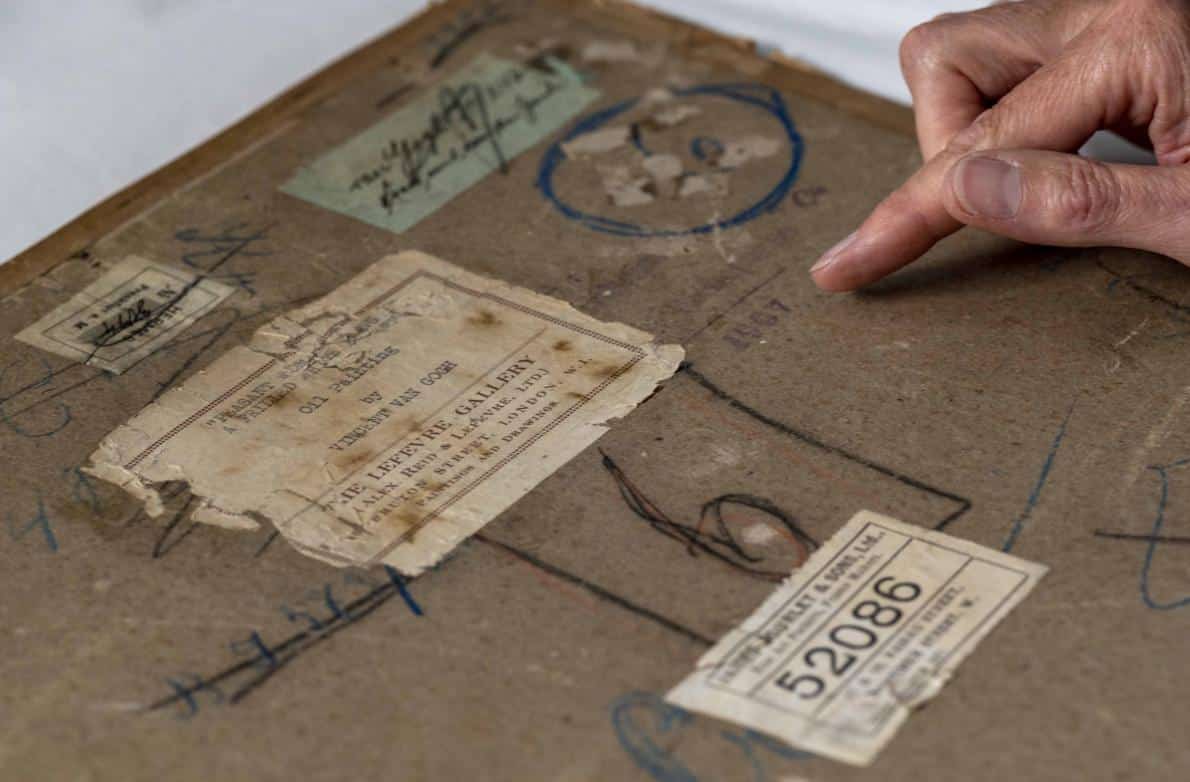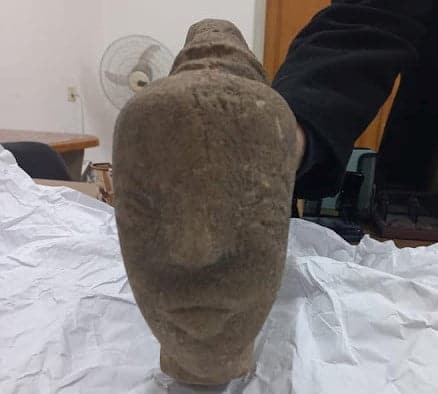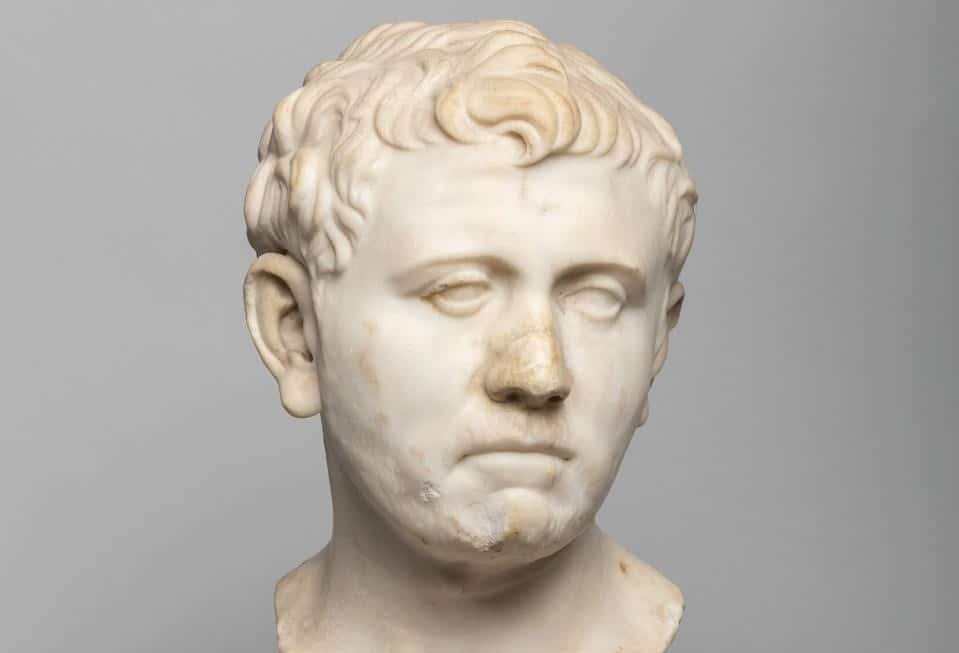The painting was being x-rayed in preparation for their exhibition “A Taste of Impressionism” when they stumbled upon the remarkable hidden piece that remained unseen behind the back of the canvas, covered by layers of glue and cardboard according to experts.
It’s believed that Van Gogh reused the canvas to save money and worked on the blank side, covering up his portrait before he began work on the Peasant Woman.
Curators say that it’s possible to reveal the self-portrait but that it would be a lengthy and delicate process to ensure no damage is made to either paintings, however, in the meantime people can admire the x-ray image.
“It shows a bearded sitter in a brimmed hat with a neckerchief loosely tied at the throat. He fixes the viewer with an intense stare, the right side of his face in shadow and his left ear clearly visible,” they said.

“The experience had a profound effect and was a major influence on why he adopted a more colourful and expressive style of painting – one that is so much admired today.”
Senior Paintings Conservator at National Galleries Scotland Lesley Stevenson said that utilising technology in the art world can make discoveries that otherwise might not have been made.
“The discovery of a new work is extraordinary.
“Anything that gives us more information about the artist is a huge bonus, and just shows the benefit of technological analysis, that we can still find out new things.”
Head of a Peasant Woman was donated to the gallery in 1960 by Alexander Maitland, a Scottish lawyer in memory of his wife Rosalind.






